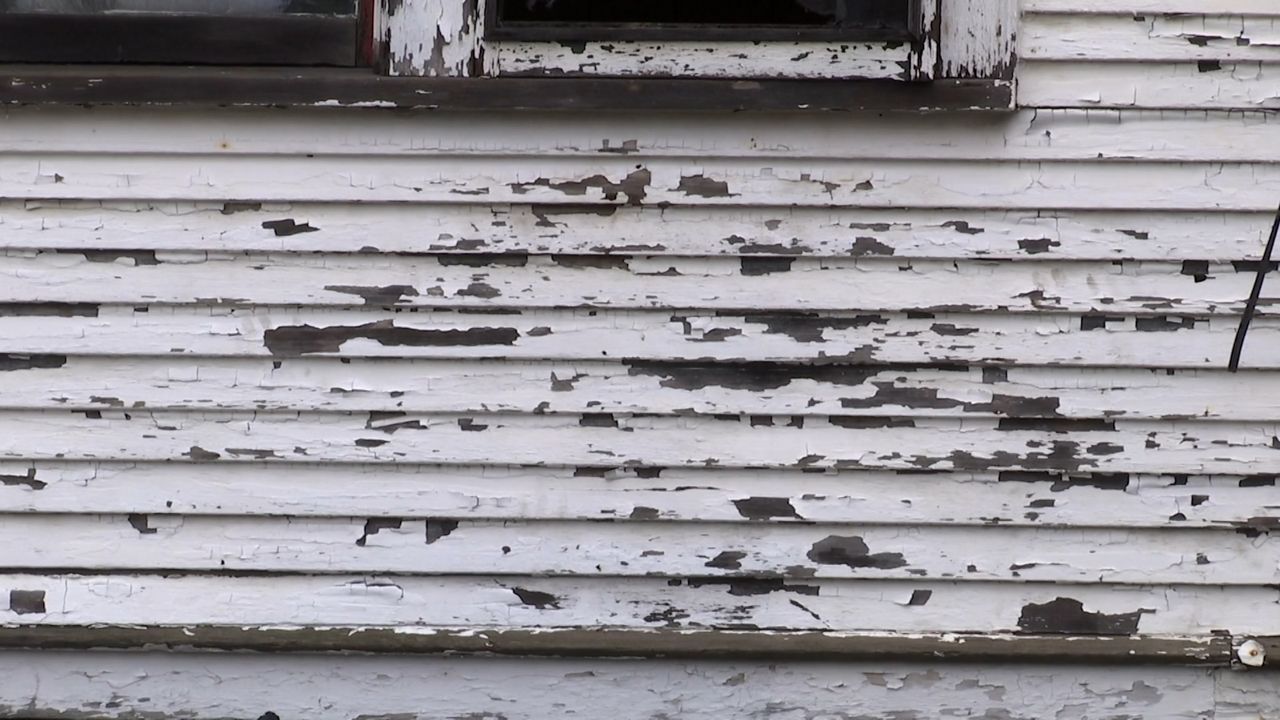OHIO — In an effort to protect more Ohioans from toxic lead, the state is allocated an addition $5.8 million toward grant funding through the Lead Safe Ohio program, according to a press release from the state.
Five additional counties in the state will be supported with “lead mitigation and prevention projects” at residences and facilities. The release notes that this brings the program total to $90 million, with efforts across 76 state counties.
“In Ohio, we’re taking an aggressive and proactive approach by targeting communities with the greatest need, ensuring all Ohioans have an equal chance at a safer and more prosperous future,” Gov. Mike DeWine said in the release.
The money will be distributed to the following organizations/counties:
- Supports to Encourage Low-Income Families (SELF) (Butler County) – $2,075,000
- Clermont County Board of Commissioners – $930,000
- Darke County – $642,000
- Franklin County – $1,847,000
- Ironton-Lawrence County Area Community Action Organization – $323,000
"These grants expand our reach to more counties so we can protect additional children in Ohio from the lasting effects lead poisoning can cause,” Lt. Gov. Jon Husted said in the release. “Every dollar invested through this program is a dollar invested in the future of our state.”
The Lead Safe Ohio program, which plans to award almost $100 million, focuses on areas with high-risk zip codes and the number of homes older than 46 years. It also, according to the release, takes into consideration the socioeconomic status of the area.
The Department of Development administers the program, coordinating with the state’s department of health.
The release notes that most often lead poisoning is caused by exposure to lead-based paint, due to the chips and dust it makes as it deteriorates. It notes that children are at highest risk for lead poisoning, that “their bodies are more susceptible to the harmful effects of lead and are less able to detoxify their bodies of the harmful substance.”
“Lead almost always does its greatest damage in silence, but our response is anything but silent,” said Lydia Mihalik, director of the department of development, in the release. “Our mission is clear – protect Ohio’s families and create a healthier state for our children, grandchildren, and beyond.”



